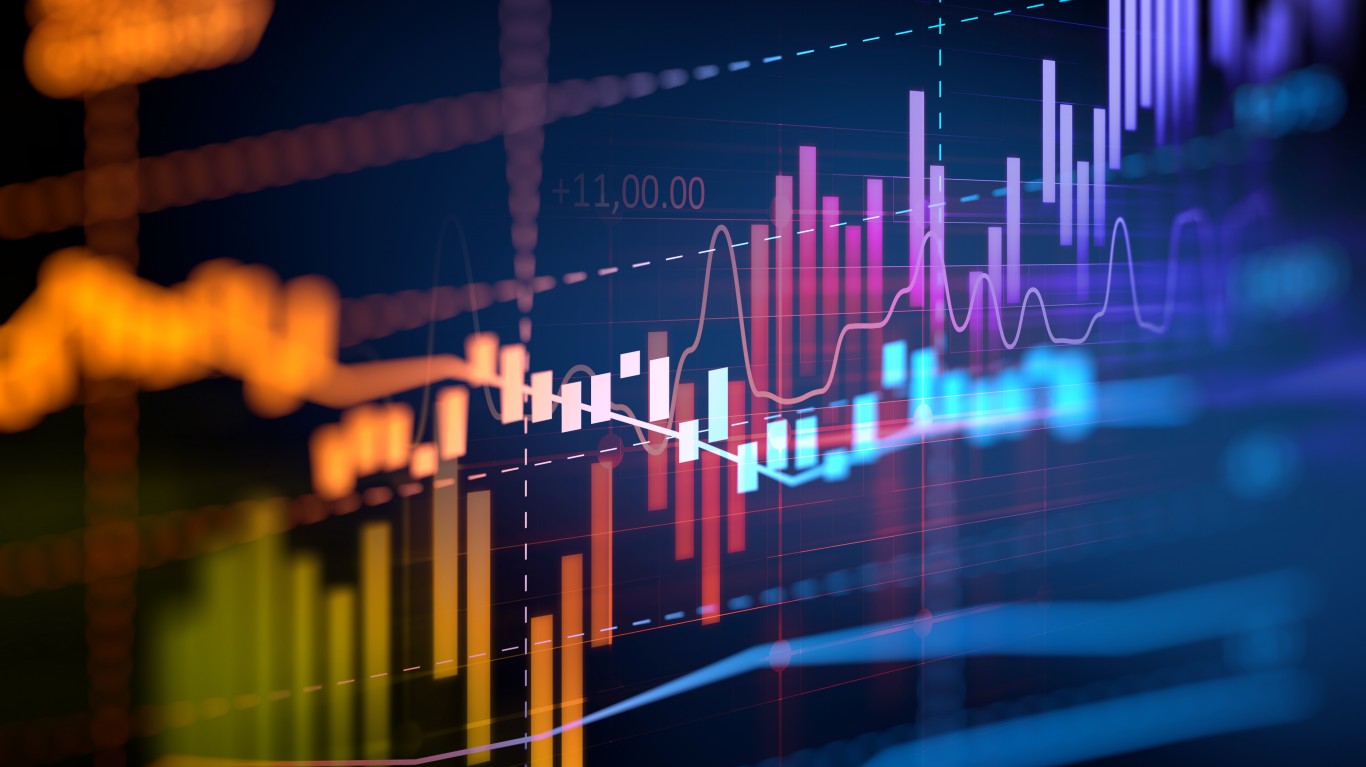Investing
Why Goldman Sachs Sees Lower Recession Risks and Strong Stock Market Gains in 2020

Published:
Last Updated:

The media is having to continue to back away from all of those endless predictions of an immediate recession. One of the top firms on Wall Street is not only forecasting that there will not be a recession in 2020 — Goldman Sachs is forecasting that the slowdown in global growth which started in 2018 is now nearing an end with up-sized growth exceeding consensus forecasts.
Goldman Sachs’ chief economist Jan Hatzius is now forecasting global GDP growth of 3.4% in 2020 after the firm’s expected global growth forecast of 3.1% for 2019. Driving these forecasts higher are easier financial conditions, a break in the US/China trade war, and even lower uncertainty around Brexit.
Jan Hatzius has communicated that the continued fears of recession by many market participants about a recession are premature. That’s even considering that the United States is close to another year of its longest GDP expansion on record. He sees only a 20% chance of a downturn in the U.S. economy versus closer to a one-in-three chance as the consensus. The strong financial position of households and businesses in most advanced economies should keep the risks of a real recession low. That’s even with a forecast that China’s growth will moderate to just above 6% to just under 6%.
Goldman Sachs recently issued its S&P 500 forecast of 3,400 for 2020. That figure is not the highest among major Wall Street firms (see below), but it is above consensus. That said, the S&P 500 has recently peaked at almost 3,140 on last look. That implies peak gains of just over 8% expected for stocks from current levels.
Goldman Sachs is also forecasting U.S. growth of 2.3% in 2019 to be more or less the same in 2020 and 2021. Hatzius is forecasting U.S. GDP growth of 2.3% in 2020 (versus 1.8% consensus) and 2.4% in 2021 (versus 1.9% consensus). While much more was covered in the forecasts for 2020, Hatzius’ report said:
The risk of a global recession remains more limited than suggested by the flat yield curve, which partly reflects a structural decline in the term premium, and the low unemployment rate, whose predictive value for inflation and aggressive monetary tightening has fallen. We also take comfort from the absence of significant private sector financial deficits in all but a few advanced economies… Slightly better growth, limited recession risk, and friendly monetary policy should provide a decent background for financial markets in the early part of 2020. However, concerns about the impact of higher corporate taxes on profits could rise in the run up to the US presidential election. Even aside from politics, rising wage growth looks set to reduce profit margins over the next several years.
The Goldman Sachs reports also noted that most major economies are running under their potential. The U.S. is shown to be running just 0.1% under its potential, with China running 0.2% under its potential, followed by the Euro Area running 0.5% under its potential.
As far as what’s attributed to the weakness in 2019, the report pointed to a succession of negative shocks to financial markets and business confidence that started with a sharp sell-off in global risk assets (stocks) in the fourth quarter of 2018 and the combined negative surprises in China and Europe meeting a hawkish U.S. Federal Reserve policy shock at the time. The report even pointed out Fed Chairman Jerome Powell’s statement that the bank was “a long way from neutral” at the time and that the tightening led to a sharp slowdown in U.S. and global aggregate demand growth.
As far as how Goldman Sachs compares to other firms making their early predictions for the S&P 500 in 2020, the most recent forecasts from elsewhere are as follows:
It is important to realize where the forecasts for the market based on today’s prices than towards the end of 2018. The key ETFs tracking the indexes showed that the Dow was last seen up 20.4% and the S&P 500 was last seen up about 25.4% so far in 2019. If you go back to the prior peaks in September to October of 2018, before that year-end meltdown delivered the worse fourth-quarter in modern memory, the most recent peaks would show gains of only about 5% for the Dow and about 7% for the S&P 500.
Choosing the right (or wrong) time to claim Social Security can dramatically change your retirement. So, before making one of the biggest decisions of your financial life, it’s a smart idea to get an extra set of eyes on your complete financial situation.
A financial advisor can help you decide the right Social Security option for you and your family. Finding a qualified financial advisor doesn’t have to be hard. SmartAsset’s free tool matches you with up to three financial advisors who serve your area, and you can interview your advisor matches at no cost to decide which one is right for you.
Click here to match with up to 3 financial pros who would be excited to help you optimize your Social Security outcomes.
Have questions about retirement or personal finance? Email us at [email protected]!
By emailing your questions to 24/7 Wall St., you agree to have them published anonymously on a673b.bigscoots-temp.com.
By submitting your story, you understand and agree that we may use your story, or versions of it, in all media and platforms, including via third parties.
Thank you for reading! Have some feedback for us?
Contact the 24/7 Wall St. editorial team.